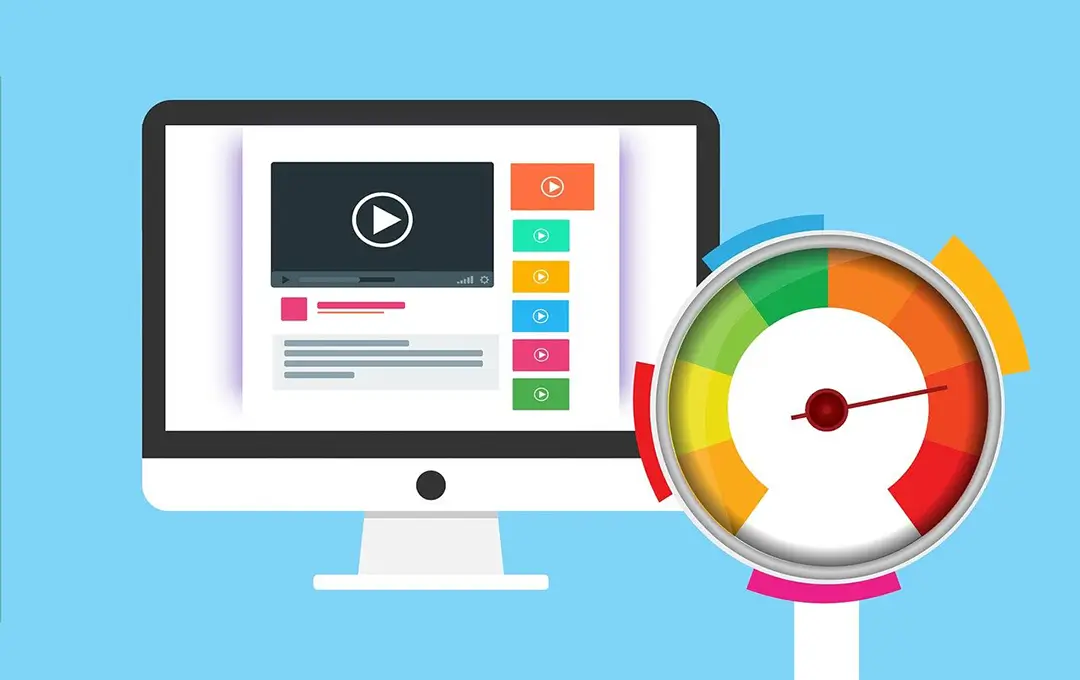How Improving Site Speed Can Increase Conversion Rates
Written by Josh Rowe on March 22, 2023
Website speed is one of the major factors in increasing conversion rates. A fast website is more likely to keep visitors engaged and convert them into customers, along with useful content and an easy-to-use interface. If you don't have these key factors in place, you're likely losing potential customers to your competition.
Here are a few reasons why website speed alone is so important:
- First impressions are key. The first impression a visitor has of your website will affect their overall experience. If your page elements and navigation are slow, your visitors won't be able to find what they need and will move on to other resources.
- Attention spans are short. People want information quickly. A website user's attention span is about ten seconds. That means you have ten seconds to load your web page assets, display an inviting design, and present a captivating opening line to hook your visitors. If your page takes the majority of that time or longer to load, your visitors will likely leave.
- Google ranks fast websites higher. Although speed isn't the only major ranking factor, Google does take site speed into consideration when organizing websites in search results. A fast website doesn't guarantee top rankings but is more likely to rank above your competition if you also provide great content and a clean design.
With that beging said, here are a few starting points and common culprits to diagnose when going in to improve your website's speed:
- Mobile-first design. The majority of website users today use mobile devices, so it's key to optimize your website to perform well on these devices. Mobile devices connected to data networks are inherently slower than Wi-Fi connections, especially in locations with less or slower coverage, so starting with a mobile-first approach helps provide a better, more optimized experience for your visitors.
- Optimize your images. Large images can slow down your website. Make sure each image is optimized for speed by reducing the width and height in pixels, saving them in next-gen formats like WebP, and running them through compression tools. TinyPNG offers free compression of up to 20 images at a time for JPG, PNG, and next-gen formats and does a great job.
- Remove excess code. Take a look through your code or admin portal to see if there are libraries or plugins installed that are no longer utilized throughout your website. This is a common mistake that happens over time, especially when websites go through multiple iterations or developers. Only utilize what you need to improve your load times.
- Minify your code. Code minification is the process of removing unnecessary characters from your code. This can improve site speed by reducing the amount of data or content the web browser needs to load in each page request.
- Cache your content. Caching is the process of storing static content on your web server so that it doesn't need to reload every time a user visits your website. This can improve the speed of your website by reducing the amount of time it takes for static content to load instead of reloading the same assets every time.
By following these tips, you can improve the speed of your website and increase your conversion rates.
This can be a daunting and time-consuming task to take on alone. If you need help with site speed optimizations and technical audits, feel free to contact us or learn more about the web design services I offer. I'll help come up with a plan to get your website squared away!
